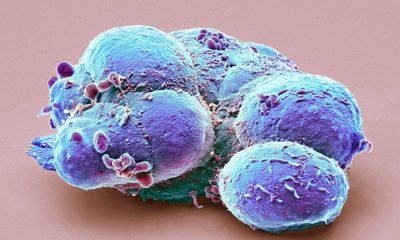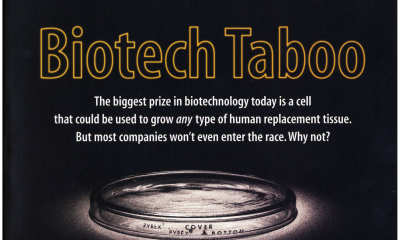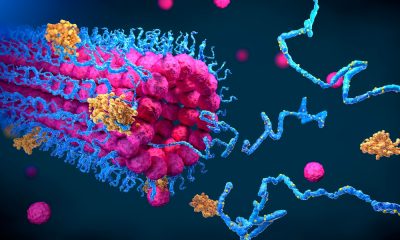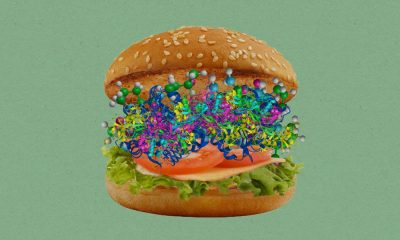Umbilical Cord Blood/Stem Cell Therapy has emerged as a promising treatment for a range of medical conditions. Although still considered an experimental treatment, there has been a growing interest in the potential of stem cells to treat neurological disorders, such as autism.
In the book ” Educating Marston: A Mother and Son’s Journey Through Autism ,” authors Dr. Eric Weiss and Christine (Chris) Weiss share their experience with Umbilical Cord Blood/Stem Cell Therapy as part of their son Marston’s autism treatment. The book details their journey and stem cells’ impact on Marston’s development, providing a roadmap for other families looking for alternative treatments for autism.
So, what exactly is Umbilical Cord Blood/Stem Cell Therapy– and how does it work in the context of autism?
Stem cells are cells that have the ability to differentiate into various types of cells in the body, making them a valuable resource for regenerative medicine. The cells can be obtained from different sources, including embryonic tissue, umbilical cord blood, and adult tissues. Umbilical Cord Blood comes from live healthy births, having no ethical or moral concerns
Umbilical cord blood contains Adult Stem Cells and other powerful cells that have the ability to secrete chemical signals that optimize the healing capacity of the human body. They seek out inflamed, old, damaged, or injured cells and use this ability to restore them.
Stem cells have the potential to repair damaged cells and tissues, making them a promising therapy for various diseases, including autism. In the case of autism, stem cells are thought to work by increasing neural pathways and reducing inflammation in the brain.
Studies have shown that Umbilical Cord Blood can improve the symptoms of autism. One type of stem cell therapy that has been used in the treatment of autism. This involves using stem cells from the umbilical cord blood of the individual, a sibling, or even a non-related donor to treat autism. The umbilical cord blood is collected at birth, processed, and then can be infused back into the individual to help neuroinflammation and repair damaged cells and tissues.
Dr. Weiss shared his view of the parental experience by allowing their son to be one of the early patients undergoing umbilical cord blood stem cell therapy. The results were astonishing – “before Marston got the umbilical cord blood and the stem cells within it, he spoke only for function. He didn’t have great executive function. He would skip steps in multi-step tasks that he had to perform. He was much more dependent on other people’s help.”
What results were visible?
Dr. Weiss points out that after therapy and after he expanded his vocabulary, Marston could talk about more abstract things. He even got his driver’s license and managed to gain employment. He says, “As a parent, you want to see progress, and it made us share our journey to encourage others to at least consider the option.”
“Educating Marston” explores their son Marston’s experience with Umbilical Cord Blood/Stem Cell Therapy. It describes how the treatment improved his cognitive abilities and communication skills, allowing him to become more independent. However, Dr. Weiss points out that it’s important to note that the therapy for autism is still considered an experimental treatment, and the long-term effects of the therapy are still unknown. He says, “50 to 60% of patients improve significantly.”
The therapy is not widely available and can be expensive. Despite these limitations, the use of stem cell therapy for autism continues to be an area of active research. Scientists are exploring the potential of various types of stem cells to treat autism.
On the other hand, the book covers all bases. “There are other alternative treatments for autism, including dietary interventions, behavioral therapy, and other complementary and alternative therapies,” Christine Weiss, author of the book, points out. However, each individual with autism is unique, and what works for one individual may not work for another.
In conclusion, the impact of Umbilical Cord Blood/Stem Cell Therapy on autism treatment is an area of ongoing research and discovery. The use of stem cells as a treatment for autism has shown promise, but more research is needed to understand this therapy’s potential fully. The authors of “Educating Marston” provide a valuable perspective on stem cell therapy as part of their son’s autism treatment, offering a roadmap for other families seeking alternative therapies for autism.
















